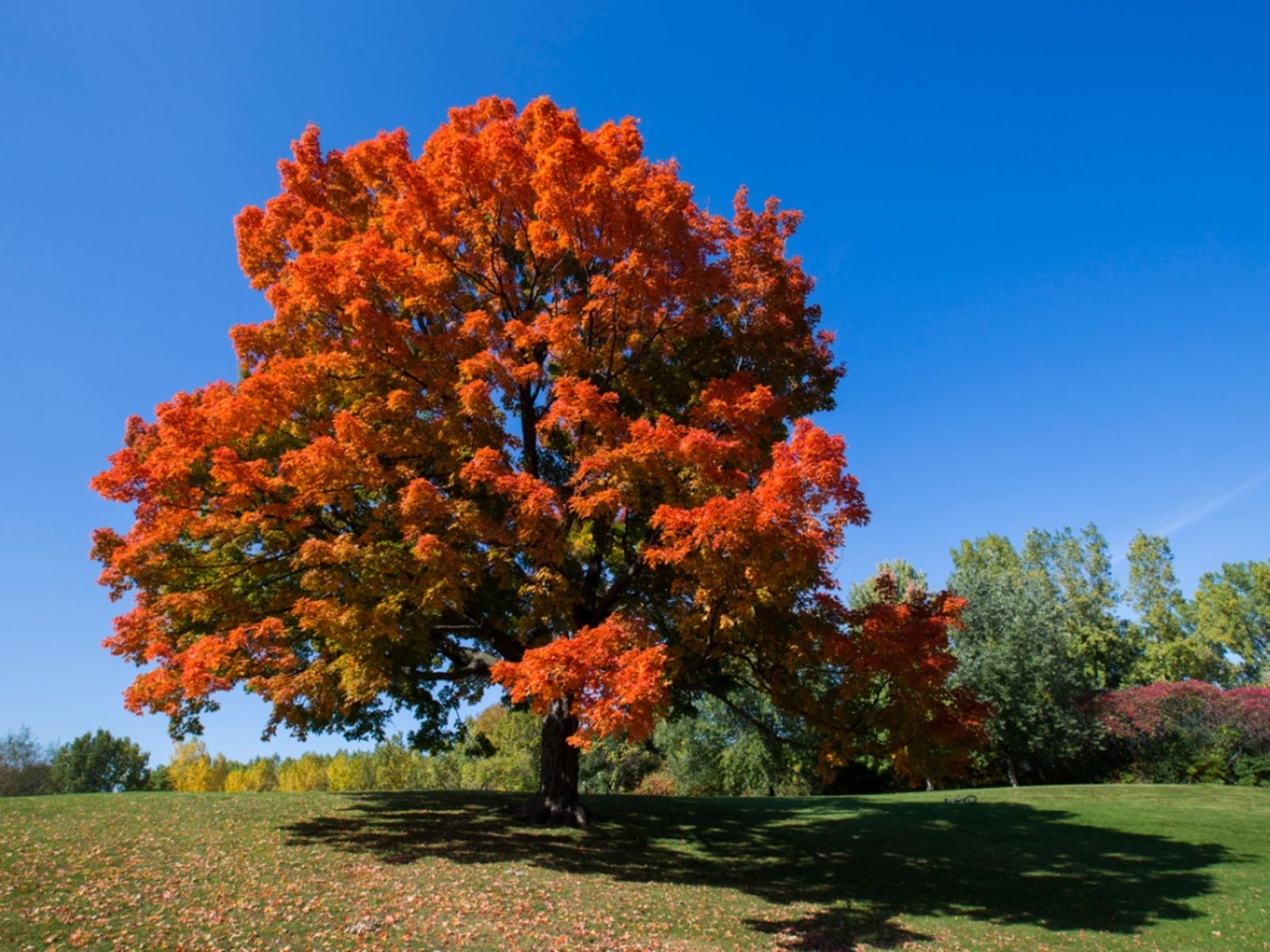Maple Tree Dying – What Are Causes Of Maple Decline


Maple trees can decline for a variety of reasons. Most maple are susceptible, but urban trees need special care to prevent stress factors that cause decline. Read on for information about maple tree decline treatment.
Maple Decline Information
Adverse conditions can cause a maple tree so much stress that it no longer thrives. City maples become the victims of air and water pollution, road salts, and construction and landscaping injuries. In the country, trees can be completely defoliated by insects, and putting on a new flush of leaves uses up valuable energy resources. Without energy reserves, trees become vulnerable to decline. A maple tree depletes its energy reserves when it has to fight off environmental stress, and physical injuries leave trees open to secondary infections. Other causes of maple decline include root breakage and soil compaction from heavy equipment, nutritional imbalance, prolonged drought and vandalism. Almost anything that causes a tree to expend energy to recover can weaken the tree, and if it happens repeatedly the tree goes into decline.
Maple Decline Treatment
If you suspect maple tree dying, here is a list of symptoms of maple tree decline:
- Failure to put on adequate new growth can indicate a problem. Twigs should add about two inches (5 cm.) to their length every year.
- Maples that are declining may have paler, smaller and few leaves than in previous years.
- Maple dieback includes symptoms such as dead twigs or branch tips and dead areas in the canopy.
- Leaves that change to fall colors before the end of summer are a sure indication of decline.
Early intervention can prevent a declining maple tree from dying. Try to identify the cause of the problem and correct it. If your tree is being sprayed with road salts, raise the height of the curb or construct a berm. Divert runoff from roadways away from the tree. Water the tree every week or two in the absence of rain. Make sure the water penetrates to a depth of 12 inches (30 cm.). Fertilize annually until the tree shows signs of recovery. Use a slow-release fertilizer, or even better, a two-inch (5 cm.) layer of compost. Quick release fertilizers add an excess of chemical salts to the soil. Prune the tree to remove dead twigs, growth tips and branches. When you remove only part of a branch, cut back to just below a side branch or twig. The side branch will take over as the growth tip. Although it’s alright to remove dead branches any time of year, keep in mind that pruning encourages new growth. When you prune in late summer, the new growth may not have time to harden before cold weather sets in.
Gardening tips, videos, info and more delivered right to your inbox!
Sign up for the Gardening Know How newsletter today and receive a free copy of our e-book "How to Grow Delicious Tomatoes".

Jackie Carroll has written over 500 articles for Gardening Know How on a wide range of topics.
-
 Moody Blooms For Spring: 8 Types Of Black Flowers To Add Drama To Spring Displays
Moody Blooms For Spring: 8 Types Of Black Flowers To Add Drama To Spring DisplaysFrom midnight burgundies to inky violets, several types of black flowers can enrich and embolden a spring display. Try these brooding bloomers for a moody garden
By Tonya Barnett
-
 My Homemade Orchid Fertilizer Always Brings More Blooms – Here's The Easy Recipe That Transforms Plants
My Homemade Orchid Fertilizer Always Brings More Blooms – Here's The Easy Recipe That Transforms PlantsScientist-turned-gardener Mary Ellen Ellis shares her tried-and-tested DIY orchid fertilizer recipe, plus more ingredients to try for healthy, happy plants.
By Mary Ellen Ellis